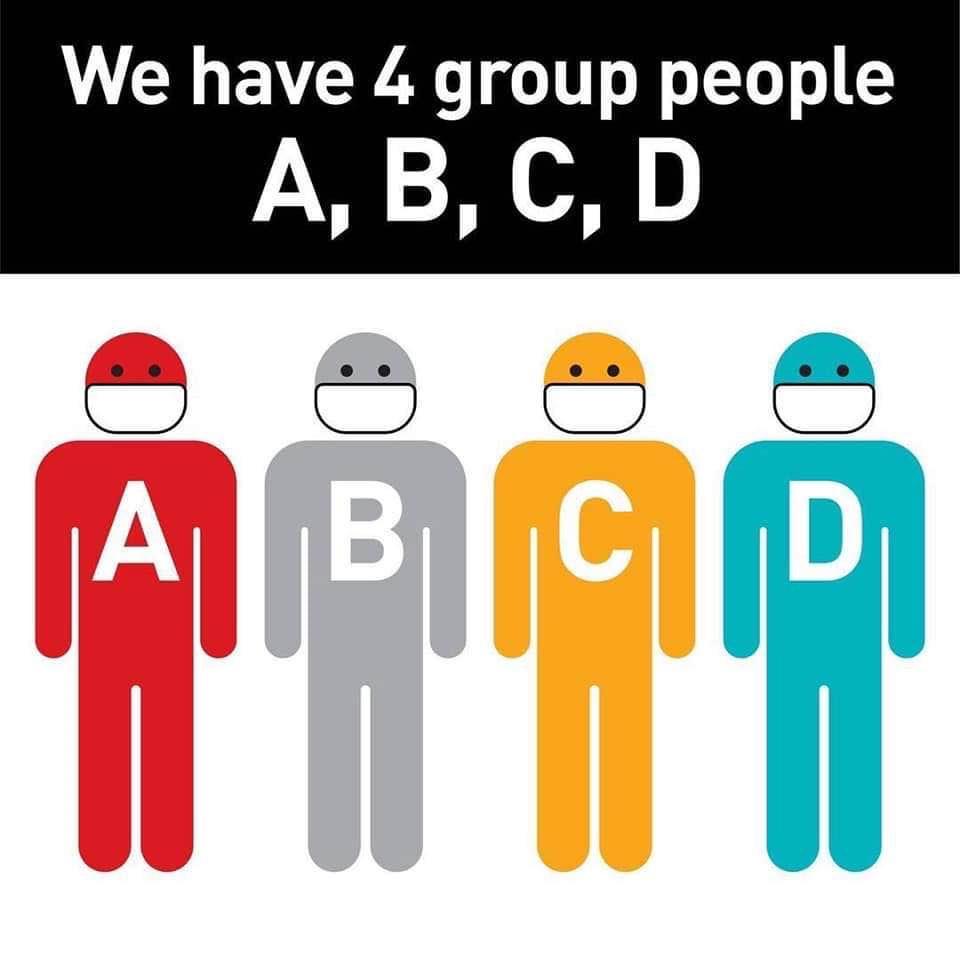India is the second-most populous country, the seventh-largest country by area & the most populous democracy in the world.
Here people of various religions, faiths & cultures live together. Today I'll write about one such community - #Sindhis.
SINDHIS
#Sindhis are a group of socio-ethnic people originating from Sindh, a province in the western part of pre-independent India.
During the Partition of 1947, the entire province of Sindh became part of present day Pakistan.
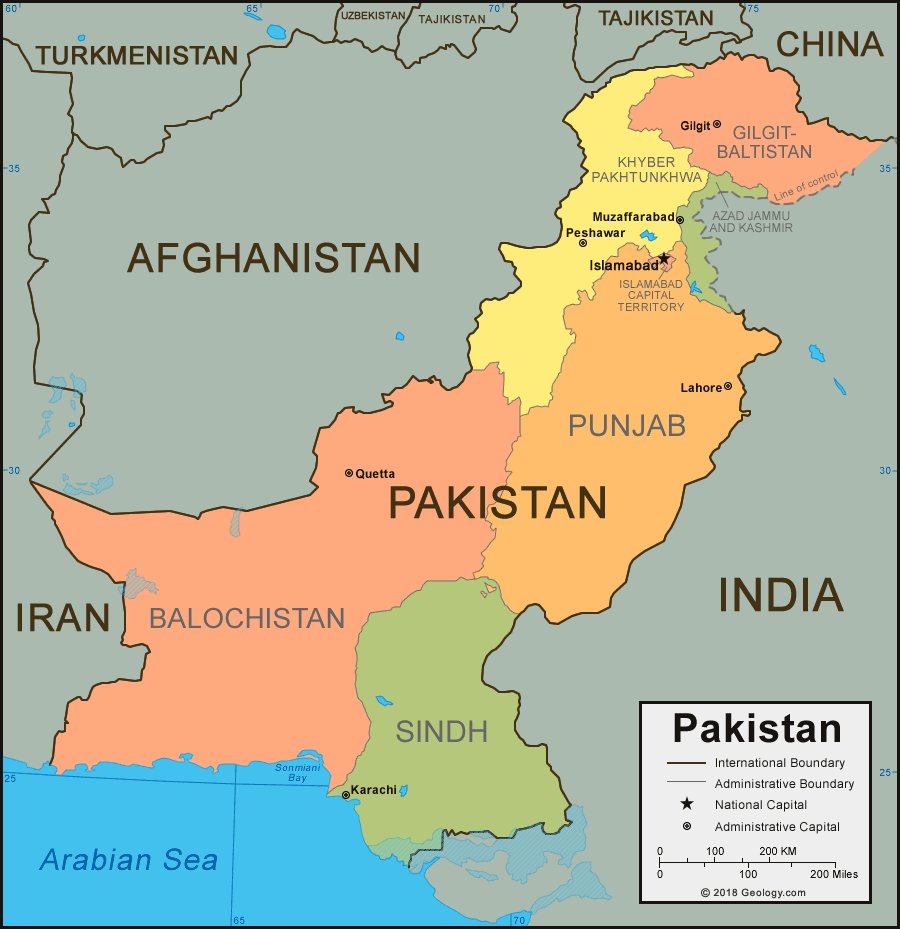
The History
The word #Sindh is derived from the Sanskrit word 'Sindhu' which is a river that crosses both India and Pakistan.
The state got its name because of its proximity to the river Sindhu.
#Sindh was intertwined with the Indian subcontinent & located at the centre of Indus valley civilization & is one of the world's greatest pre-classical civilizations.
Hindu religion was the most prominent in this area & was practiced in a peaceful manner.
The very first mention of Sindh was found in the Mahabharata where Jayadratha, the Aryan king of Sindh, had fought against Lord Krishna.
Then came the time of Indus valley civilization whose central location was #Sindh province.
Various excavations done at the site revealed that Mohenjo-Daro was a beautifully planned city of #Sindh.
It had the presence of public baths, brick buildings and drainage systems that shows the community lived in an organized manner.
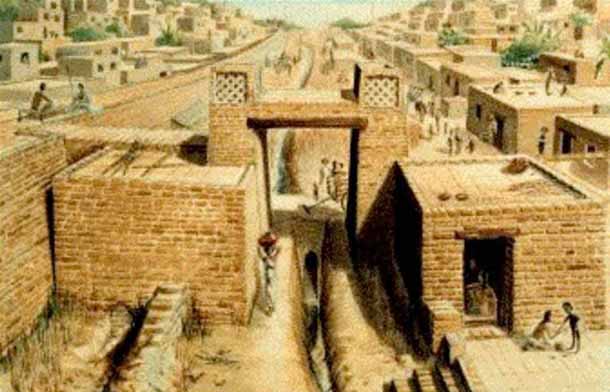
One of the most authentic histories of Sindh date back to 325 BC when Alexander the Great conquered Sindh.
At that time Raja Sahasi was the ruler of Sindh whose Hindu race governed Sindh for over 2000 years.
The Partition
The Partition of 1947 was a bloody affair. Communities that had earlier coexisted attacked each other in a terrifying outbreak of violence, with Hindus, #Sindhis & Sikhs on one side and1 Muslims on the other.
This led to an unexpected and unprecedented genocide.
The carnage was intense - arson, massacres, forced conversions and savage sexual violence.
Some seventy five thousand women were raped many of whom were disfigured or dismembered.
Fearful of being a minority in the newly formed Pakistan, when the Sindhis crossed over to India they brought intangible things - their language, culture along with hopes & dreams of a peaceful future.
My maternal grandparents and their family was part of the group of #Sindhi migrants of 1947 who came back to their land with other Hindus. 1The stories told by my Nani are still fresh in my mind.
She would often reminisce of a glorious past - one that she missed the most due to the emotional connect.
My grandparents, like most of the migrants, had been forced to leave behind their livelihoods, their precious belongings & above all - their dignity.
Life in the newly Independent India was not so easy. Many #Sindhis lived in refugee camps for years.
Here's a short video about the migration you might like to watch.
The people
#Sindhis are very hardworking & business-minded people. Well settled in Sindh, they were at their peak but were thrown out from there.
But what they did? They worked hard & became one of the wealthiest communities despite being minority.
Look around and you will hardly find a #Sindhi living below the poverty line. They will do everything they can to earn an honest living but will never beg.
They like to live life king size.
Take a scroll down the lanes of Ulhasnagar or Ahmedabad and you will find wealthy #Sindhis who love to spend lavishly on foreign vacations & weddings. Their spendings are enormous respective to their earnings.
Religion
Hinduism along with Buddhism was the predominant religion in #Sindh before the Arab Islamic conquest. While Buddhism declined & disappeared mainly due to conversion, Hinduism managed to survive through the Muslim invasion and British rule.
While researching for this thread I came upon info on wikipedia. They claim that majority of #Sindhis in Pakistan are Muslims.
Not surprised since we all are well aware of the forced conversions of Hindus happening almost on a daily basis.
Jhulelal is the most revered deity among #Sindhi Hindus. Jhulelal is traditionally believed to be the incarnation of Hindu deity Varuna who had performed many miracles centred around the Indus river.
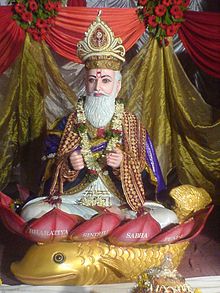
His birth name was Uderolal. It is said that when Uderolal was a child, his cradle (swing) rocked itself to lull him to sleep thus earning him the name Jhulelal - the Lord of the Swing.
The Culture
#Sindhi culture is a mixture of Hindu, Arabic and Persian culture. Their influence can still be seen in the dressing style of Sindhis who wear salwaar-kameez & at times Persian/Baloch style turban.
Ajrak is an important #Sindhi cultural symbol. It is a block-printed cloth with deep crimson red & indigo blue background.
It is traced back to Indus valley civilization as the archaeological remains of a priest-like statue wore a shawl resembling ajrak.
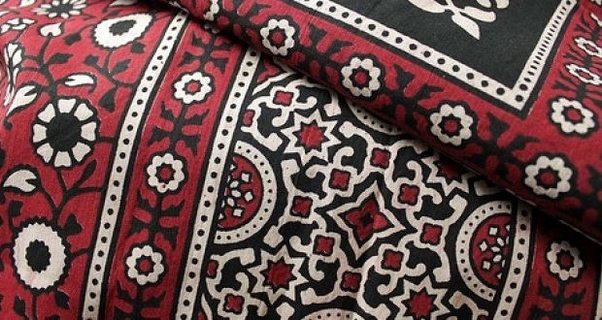
Mojari or khussay are a style of handcrafted footwear produced in some parts of #Sindh. The upper part of the shoe is made of one piece of leather or textile embroidered or embellished with brass nails, cowry shells, mirrors, bells and ceramic beads.
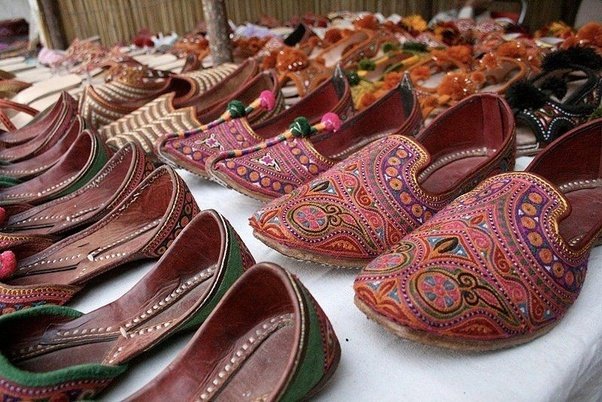
Cuisine
The #Sindhi dishes are unique in tastes as well as in their names.
Sharing the list of some of the best Sindhi food combinations. The list includes my personal favourites Sindhi kadhi-chawal and Koki- papad.
sindhirasoi.com/2015/07/12-awe…
Over the years #Sindhis have contributed in various fields. Some prominent names include -
- Asrani, Indian comedian & actor.
- L.K. Advani, former Deputy Prime Minister of India
- Pankaj Advani, 23 times world champion in snooker & billiards from India.
- Sabeer Bhatia, entrepreneur and founder of Hotmail
- Rajkumar Hirani, Indian film director and editor
- Ram Jethmalani, Indian senior lawyer, former Law Minister of India
- Bhai Pratap Dialdas, freedom fighter, businessman, philanthropist
This thread is just a small attempt to highlight about the #Sindhi culture & the fact that the Sindhis in Pakistan are our own people.
Former PM Vajpayee ji had once said - 'Azadi abhi adhoori hai..'
I wish & hope to see a free Sindh one day.






